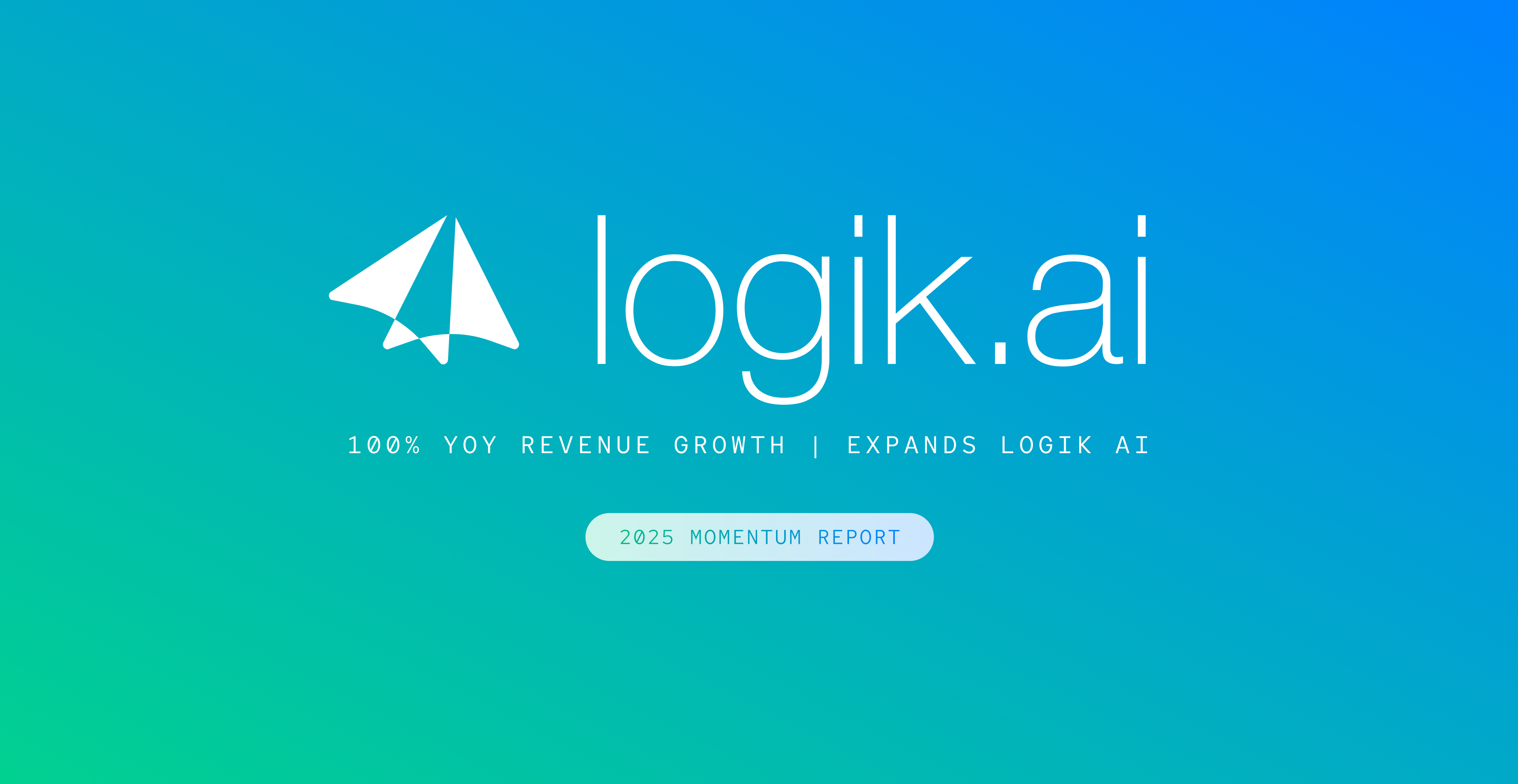Why CPQ Performance Slows
For enterprise businesses grappling with intricate business rules, a myriad of systems and processes, and a historical backdrop of complexity, the strain on their CPQ system can be palpable. This strain manifests as sluggish actions, pages timing out, and frustrated users. Logik.io offers the CPQ solution many businesses are actively needing. Three key factors contribute significantly to CPQ performance issues:
Business Complexity:
In the realm of enterprise operations, the complexity extends beyond CPQ to encompass CRM, back-office functions, and commerce. The necessity to formulate intricate rules to meet business requirements over time results in a layered set of rules, intricately impacting the performance of the CPQ system.
System Acquisitions:
The acquisition of new companies by the enterprise necessitates the integration of disparate systems with the existing infrastructure. These acquired systems might be dated, more intricate, or distinctly different from established processes. The coexistence of multiple systems and exceptions introduces added complexity, potentially impeding the efficiency of the CPQ system.
API Calls:
A third influential factor in CPQ performance relates to the frequency of API calls within the system. Inappropriate use or excessive requests for information through API calls can induce delays. In the case of SaaS-based CPQ systems, routine API calls for rule updates can contribute to a slowdown in performance.
In essence, the intricate tapestry of enterprise business operations, compounded by the integration challenges of diverse systems and the nuanced impact of API calls, collectively conspire to impede the optimal functioning of CPQ systems. Addressing these factors is imperative to restore the agility and responsiveness of the CPQ system, ensuring a seamless experience for users and preventing potential bottlenecks in critical business processes.
How slow CPQ Performance impacts your business
Lost Productivity and Revenue:
Sluggish CPQ systems contribute to a reduction in productivity and the potential loss of revenue. This slowdown directly influences daily operations and sales, prompting a need for a comprehensive analysis to quantify the financial implications.
Customer Frustration and Poor User Experience:
The frustration induced by slow CPQ interfaces not only hampers user experience but also has a broader impact on overall customer satisfaction. An evaluation of this impact is crucial to understand the potential loss of business resulting from dissatisfied customers.
Delayed Sales Cycles:
Slow CPQ processes play a pivotal role in extending sales cycles, directly influencing the pace at which deals are closed. An in-depth analysis is necessary to gauge the impact on sales timelines and the overall health of the sales pipeline.
Increased Error Rates:
The sluggish nature of CPQ systems may lead to errors and inaccuracies in quotes and contracts. Conducting a thorough impact analysis is essential to examine the potential consequences of such errors on customer relationships and the overall reputation of the business. This multifaceted examination sheds light on the extensive repercussions of slow CPQ performance, emphasizing the need for prompt and effective solutions.
Recommendations to Improve CPQ Performance
Optimizing Product Configurations:
Efficient strategies for simplifying and streamlining complex product configurations are paramount. This involves a meticulous approach to ensure that the configuration processes are not only optimized for speed but also aligned with the specific needs of the business.
Data Cleanup and Integration Best Practices:
Effective management of data, incorporating cleanup techniques, and seamless integration with other systems are essential for a well-functioning CPQ system. By adopting best practices in these areas, organizations can ensure that data is not only accurate but also readily accessible, contributing to improved overall system performance.
Hardware Upgrades and Scalability:
Guidance on upgrading hardware components and ensuring scalability for future growth is vital for sustained CPQ performance. This recommendation emphasizes the need for a robust infrastructure that can handle the increasing demands placed on the system, ensuring it remains responsive and adaptable to evolving business requirements.
Code Optimization and Customization Best Practices:
Implementing best practices for optimizing code, reducing unnecessary customizations, and maintaining a harmonious balance between customization and system performance is crucial. This approach ensures that the CPQ system operates efficiently without being bogged down by unnecessary complexities, ultimately contributing to a smoother and faster user experience.
Understanding how your CPQ users struggle with your CPQ interface
To optimize the CPQ user experience, it is imperative to focus on user feedback and pain points. This involves actively gathering feedback from CPQ users to pinpoint areas of concern and opportunities for improvement. By soliciting insights directly from users, organizations can gain valuable perspectives on the challenges faced within the CPQ interface.
In addition to gathering feedback, providing robust user training and support resources is essential. Users need to navigate the CPQ interface efficiently, and comprehensive training materials coupled with responsive support mechanisms can empower them to make the most of the system. This approach not only enhances user proficiency but also contributes to a more positive overall experience.
Usability testing plays a pivotal role in identifying potential pitfalls within the CPQ interface. By systematically conducting usability tests, organizations can uncover areas that may cause confusion or frustration for users. This proactive approach allows for targeted improvements, ensuring that the CPQ interface aligns seamlessly with user expectations and operational requirements. Together, these strategies form a holistic approach to addressing user feedback, providing effective training, and refining the usability of the CPQ system for optimal performance.
Results from CPQ Performance Optimization
The outcomes of CPQ performance optimization are multifaceted, offering valuable insights into various aspects of system functionality. One critical dimension is the measurement of speed and efficiency metrics, providing a quantitative assessment of the improvements achieved in the CPQ system's speed and overall efficiency following the optimization process. This serves as a tangible gauge of the success of the optimization efforts, shedding light on the system's enhanced performance capabilities.
Another crucial facet is the analysis of user satisfaction and productivity. By delving into user feedback and productivity metrics, organizations can gauge the qualitative impact of performance optimization on user satisfaction. Understanding how users perceive the system's functionality and their efficiency within it is instrumental in fine-tuning the user experience for heightened satisfaction and productivity.
Furthermore, the optimization's impact on revenue generation and sales cycle timelines is a pivotal area of examination. By closely examining revenue and sales cycle metrics, organizations can discern the tangible benefits brought about by CPQ performance improvements. This involves assessing the system's role in expediting sales cycles and potentially contributing to revenue growth, providing a comprehensive understanding of the optimization's broader impact on business outcomes. Collectively, these metrics offer a comprehensive overview of the results stemming from CPQ performance optimization efforts, informing organizations about the tangible benefits and improvements achieved through these strategic endeavors.
Conclusion
The speed and efficiency of your CPQ system are integral to the success of your business operations. By understanding the root causes of slow CPQ performance, addressing its impact on your business, and implementing the recommended strategies, you can propel your organization toward a more streamlined and productive future. Keep in mind that the landscape of CPQ is dynamic, and continuous optimization is crucial for staying ahead in the competitive business environment.



